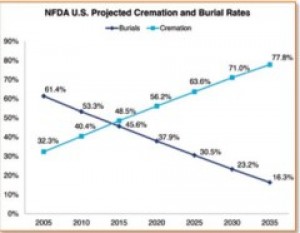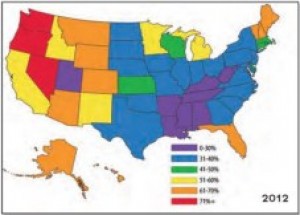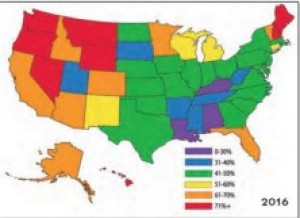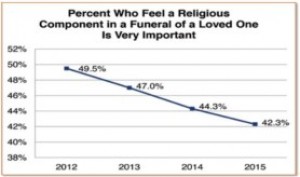Phildelphia, Pennsylvania Oct 29, 2018 (Issuewire.com) - In the Christian tradition, the day is known as All Saints’ Day, a festival honoring all the saints, both known and unknown. It’s also renowned in Mexico as the Day of the Dead or Día de Muertos, a multi-day holiday that focuses on gatherings of family and friends to pray for and remember lost loved ones, and to help support their spiritual journey. But unlike the American tradition of Halloween, celebrated the night before on October 31, there is nothing particularly creepy about the holiday. People throughout Mexico go to cemeteries to be with the souls of the departed and build private altars containing the favorite foods and beverages, as well as photos and memorabilia, of the departed. The intent is to encourage visits by the souls, so the souls will hear the prayers and the comments of the living directed to them. Celebrations can take ahumorous tone, as celebrants remember funny events and anecdotes about the departed.
It is not surprising, then, that November 1 was selected as National Cremation Day. But it’s not just an appropriate date; it also reflects the reality that the entire industry is experiencing a quiet revolution.
Cremation Trends
The Cremation Association of North America (CANA) reported the cremation rate has grown more than 100 percent over the past eighteen years, from 25 percent in 2000 to almost 53 percent today. In some states, the rate now exceeds 70 percent. Concomitantly, traditional burial rates are plummeting.
What’s behind these dramatic changes? Most analysts say it’s due to three major reasons: the high cost of traditional funerals; the growing secularization of Americans; and the increased interest in green end-of-life solutions.
Spiraling Traditional Funeral Costs
● The price index for funerals has increased twice as fast as prices for all other consumer items (Bureau
of Labor Statistics, 2017).
● The National Funeral Directors Association (NFDA) puts the price of funerals sold through
traditional funeral homes at $7,000 - $10,000. Cremations average $6,300, and so-called direct
cremations (no embalming, expensive coffin, or memorial service) $2,000 - $3,000. Some providers,
like Cremstar in Philadelphia, offer direct cremations for as little as $995 when they’re arranged
online with phone and chat support.
● The price of caskets surged 230 percent from December 1986 - September 2017. (NFDA)
The Secularization of America
Studies by the Cremation Association of North America (CANA) and the National Funeral Directors
Association (NFDA) indicate that fewer Americans today are looking to include a religious component in their end-of-life planning.
● A couple of decades ago, about 95% of Americans reported belonging to a religious group. Today,
it’s more like 75%.
● And fewer Americans are actively religious. According to some studies, the percentage of “regular
churchgoers” may now be as low as 15%.
The Greening of America
Today, more and more Americans are concerned about the environmental impact of traditional burials.
Pumping a body full of formaldehyde and other toxic embalming chemicals in order to have an open-casket viewing, and then placing that body into the earth, results in an ecological assault on the planet. Cremation,on the other hand, despite the fact that it generates some emissions, is actually far less toxic to the environment. Plus, a new “green cremation” technology called Alkaline Hydrolysis—available now for humans in fifteen states—no longer requires incineration. Instead, the process emulates what happens in nature, where water and time helps to decompose the deceased. But instead of requiring decades, the process takes around 3-4 hours. Best of all, once the cremains (bones and teeth fillings et al) are removed, the water that remains is so benign it can be used as fertilizer, though it’s generally discharged into local sewer systems.
Media Contact
Phil Redman prmedia@mindspring.com 2674958541 Philadelphia, Pennsylvania, U.S.A












